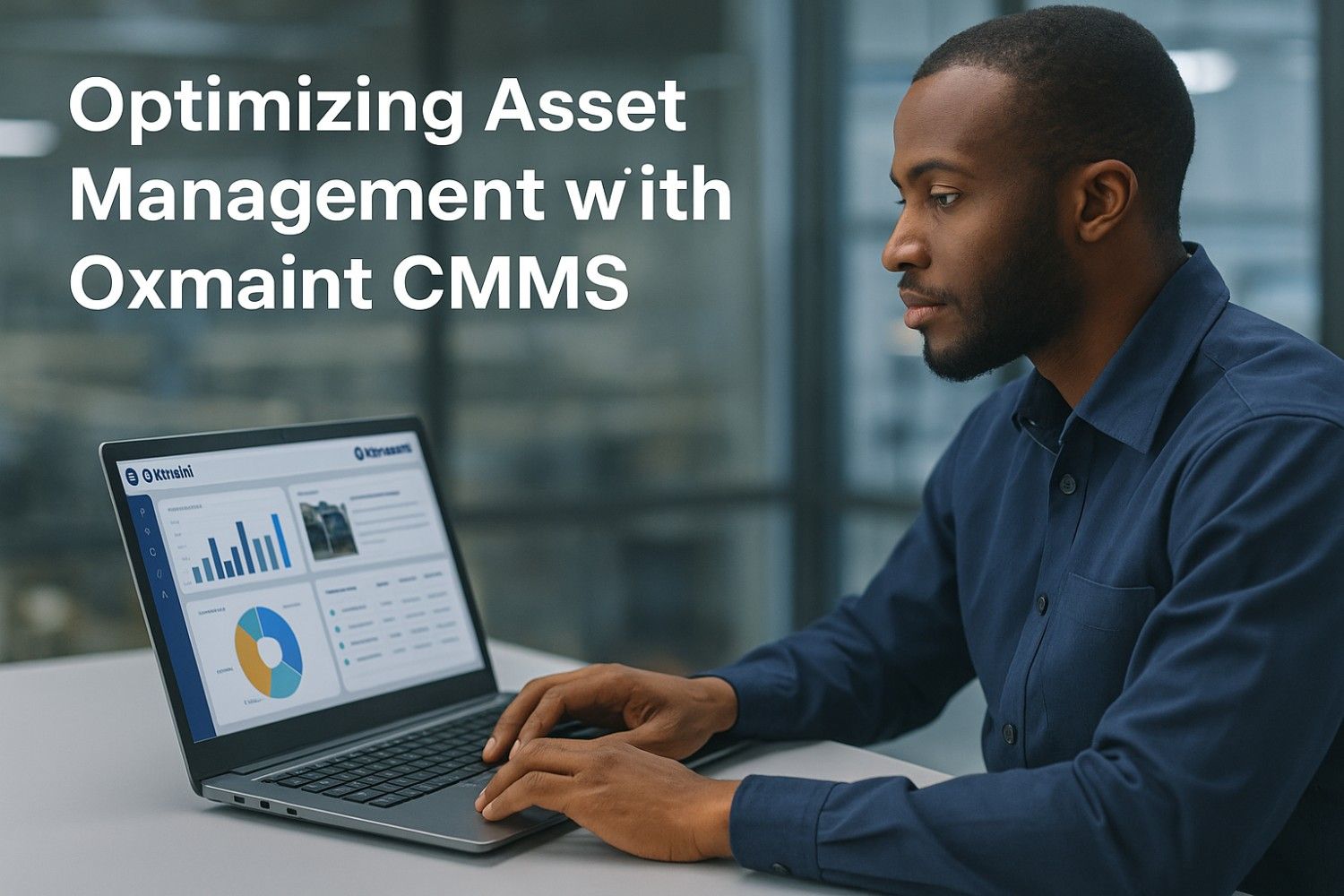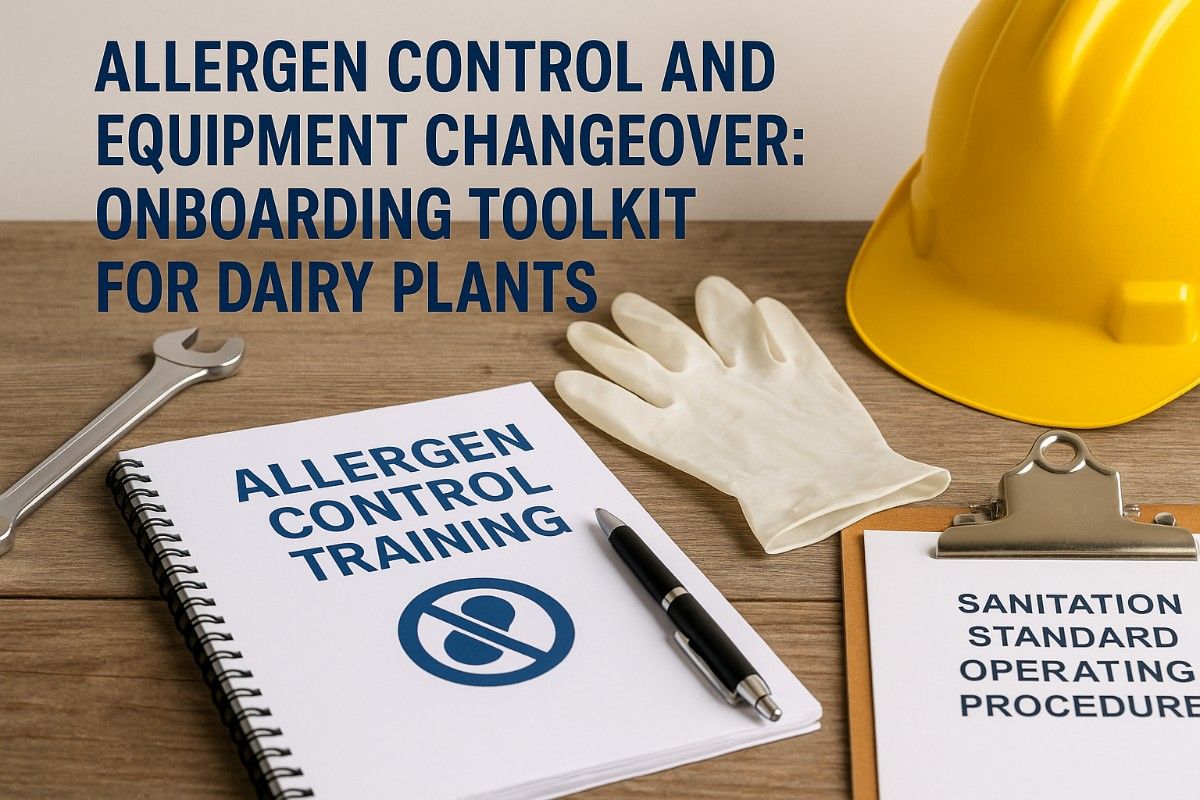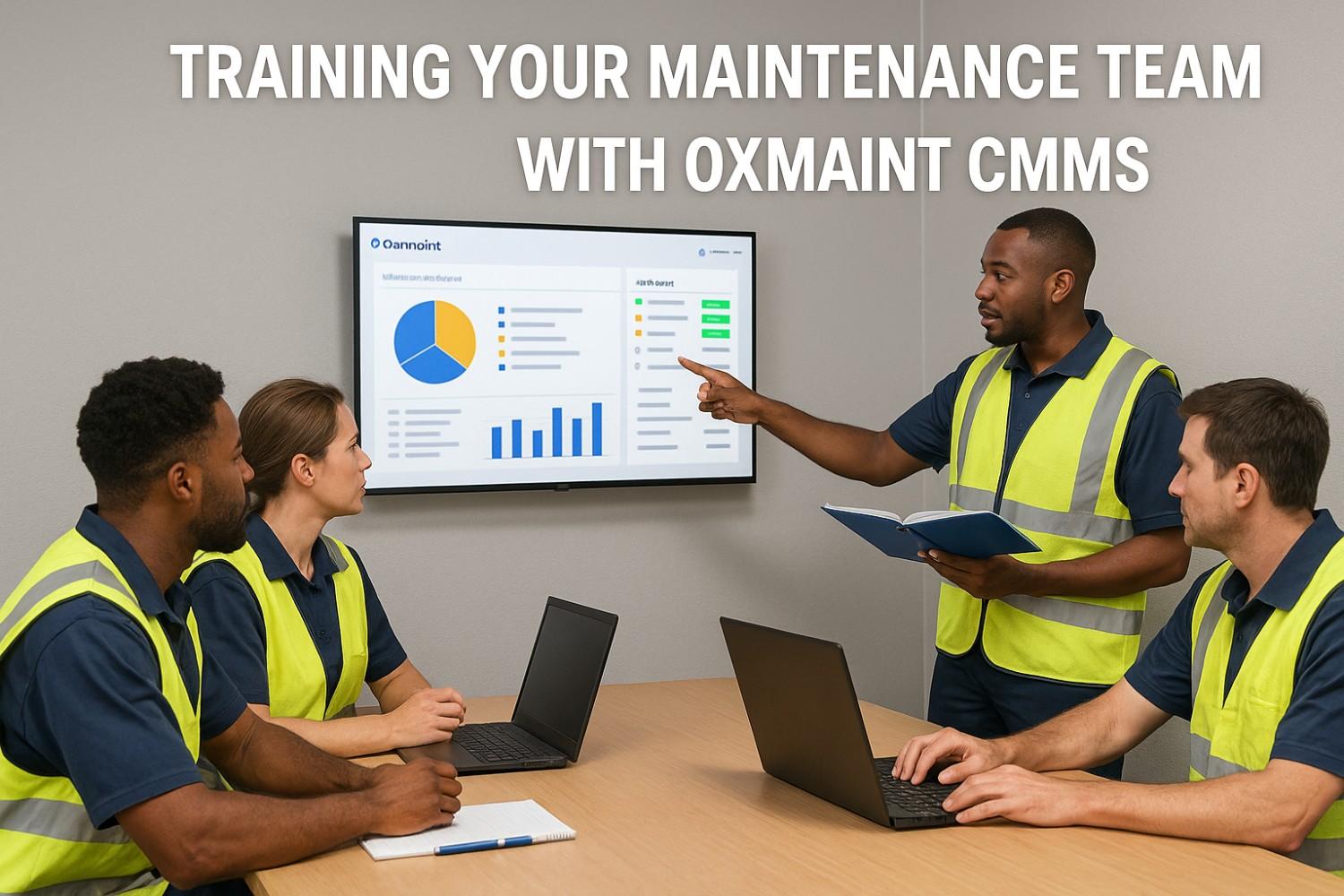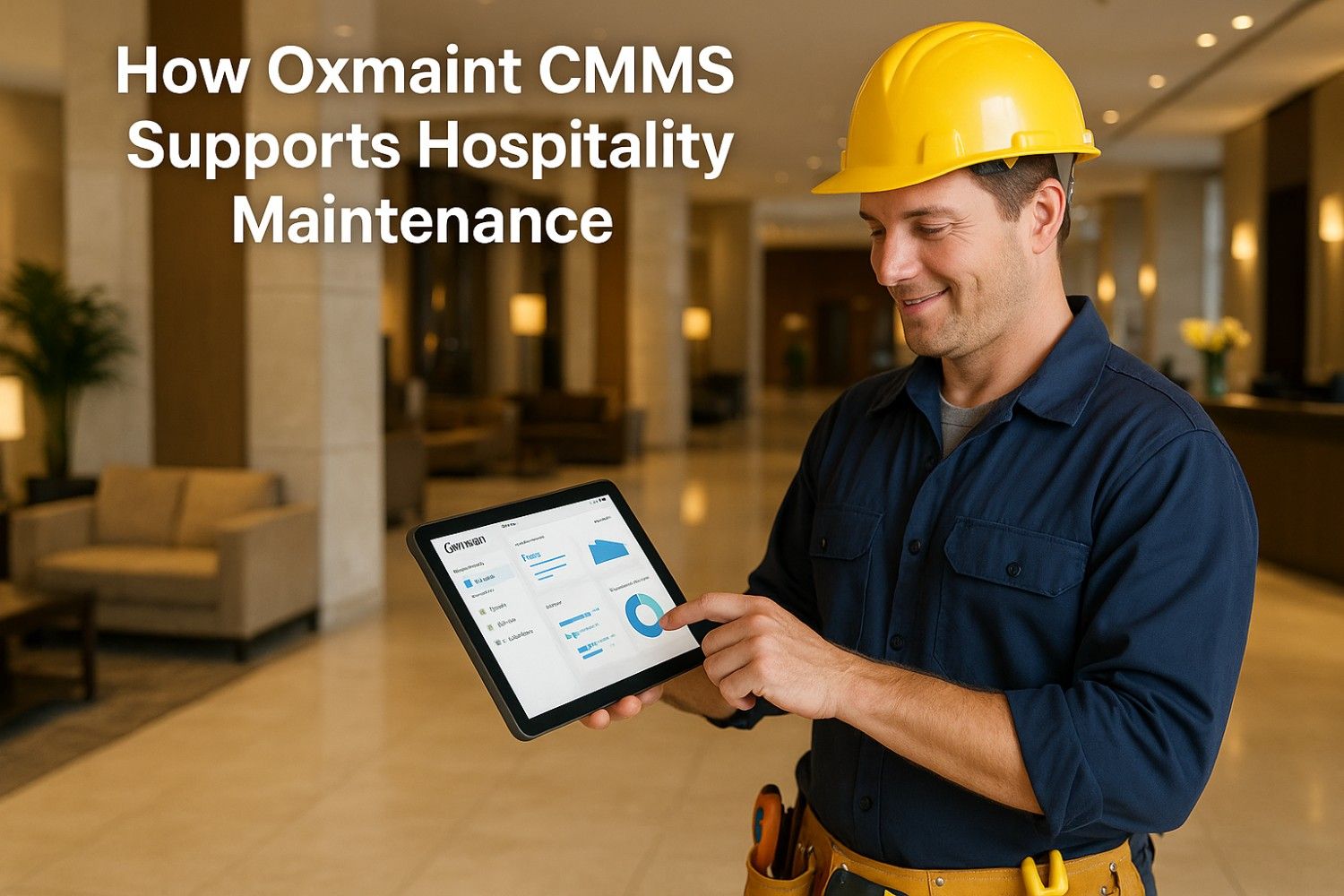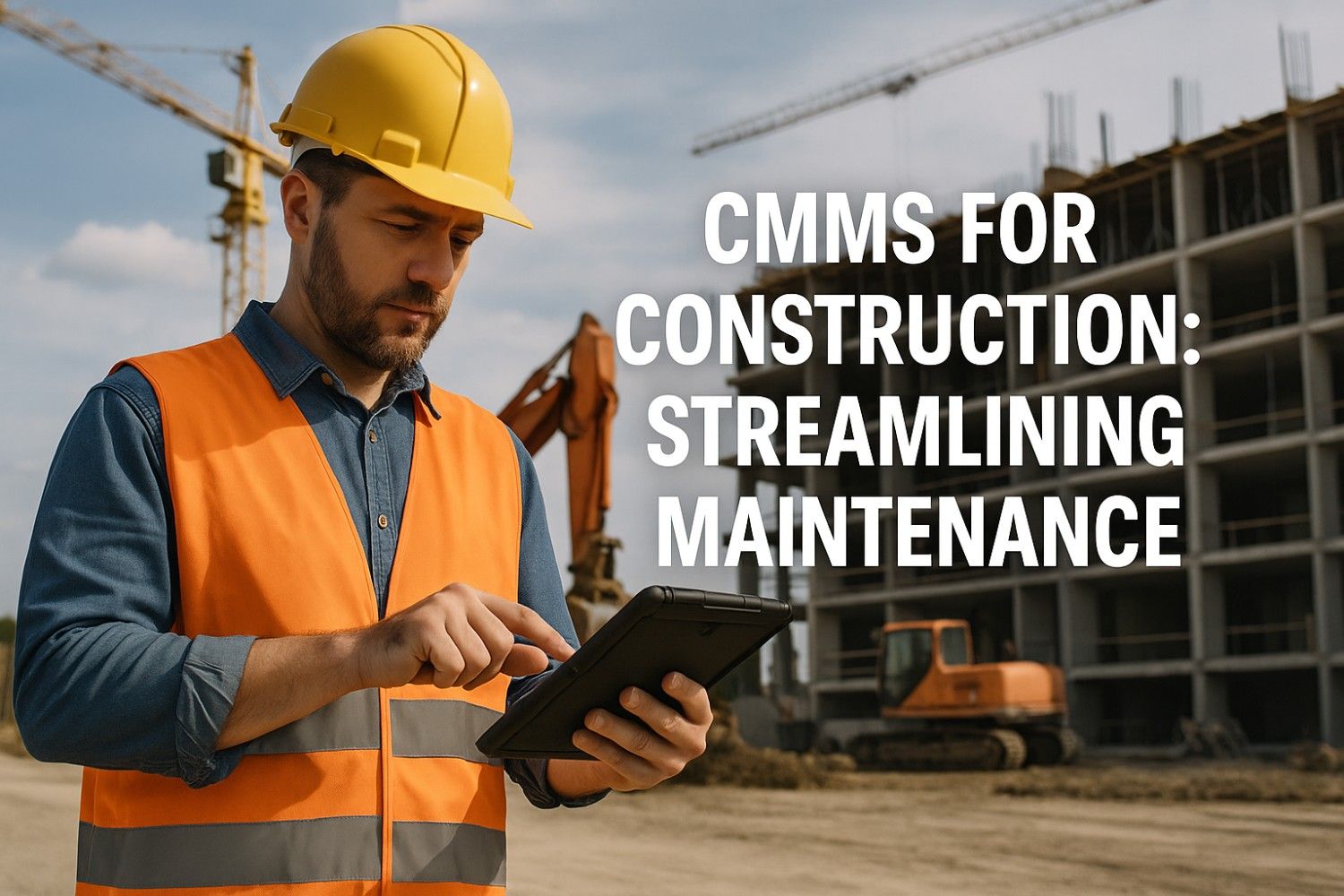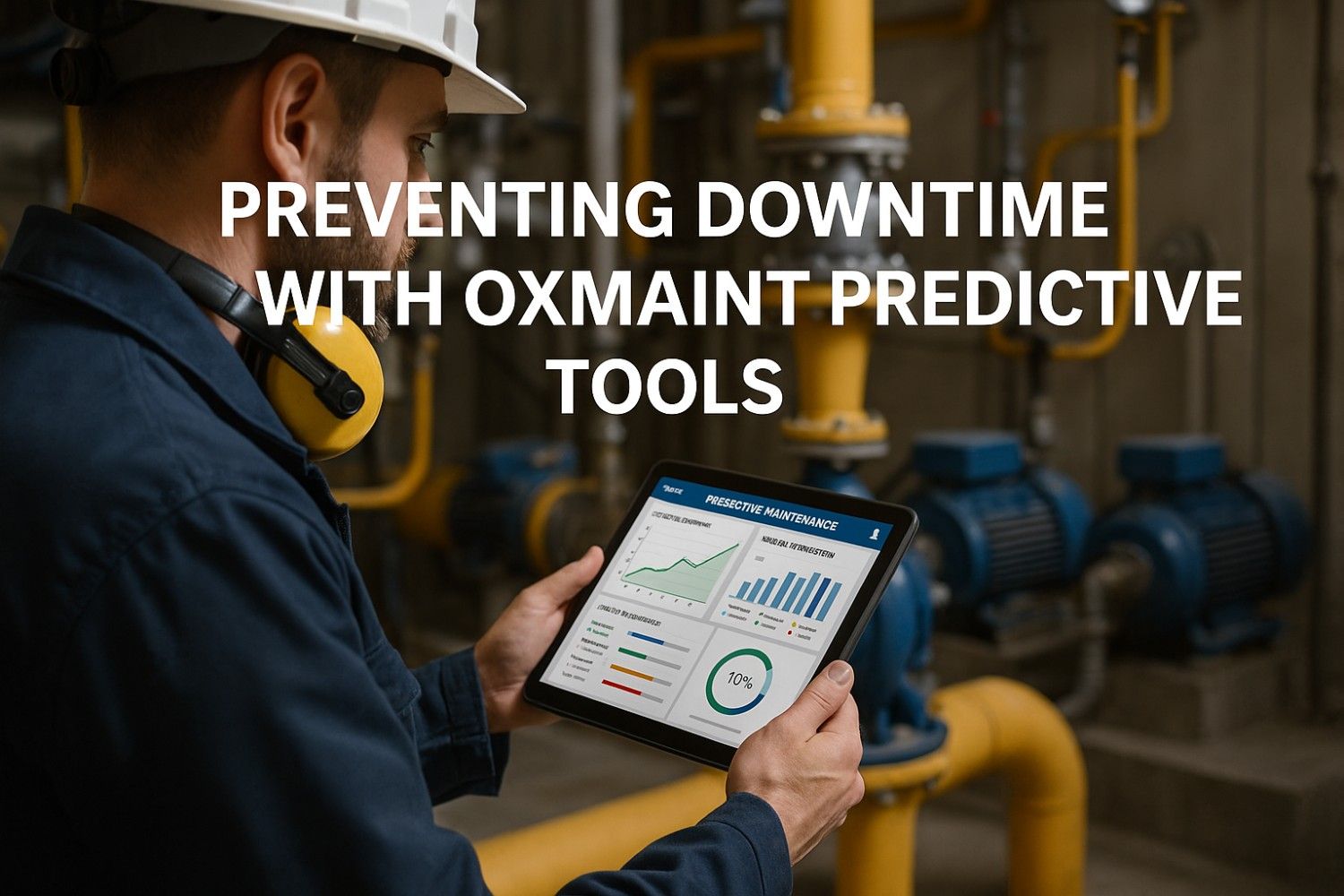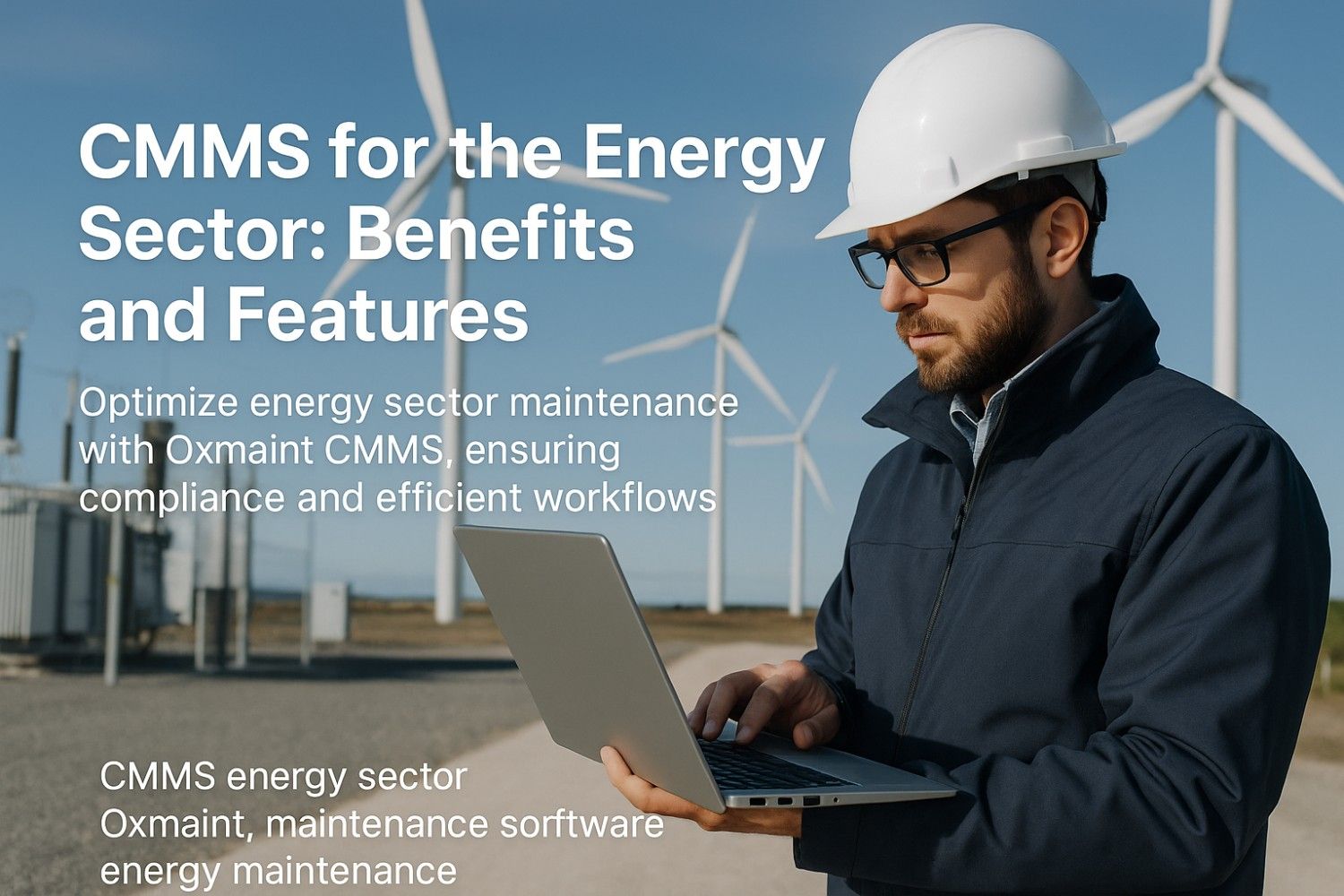Your facilities manager storms into Monday's leadership meeting with alarming data: "Our critical assets are failing 28% more frequently than projected, and we've already spent $3.7 million on emergency replacements this quarter." You pull up the asset tracking spreadsheet—a maze of outdated information showing equipment purchased in 2018 but no maintenance history, warranty data scattered across email chains, and zero visibility into actual asset utilization or health. Without comprehensive asset management systems and real-time performance tracking, you are burning capital on premature replacements while perfectly functional assets sit underutilized in remote facilities
This asset management crisis unfolds daily across American manufacturing operations as organizations struggle with fragmented tracking systems that provide no actionable intelligence about their multi-million-dollar asset portfolios. The average industrial facility manages 2,000-5,000 critical assets but lacks centralized visibility into utilization rates, maintenance histories, or total cost of ownership, resulting in 35-45% higher asset-related expenses than optimally managed operations.
Facilities implementing strategic asset management optimization with modern CMMS platforms achieve 40-55% reductions in total asset lifecycle costs while improving equipment availability by 35-50% compared to traditional spreadsheet-based or paper-based tracking approaches. The transformation lies in centralizing asset data, automating maintenance workflows, and leveraging predictive analytics that reveal optimization opportunities invisible to manual management systems.
Stop Wasting Millions on Preventable Asset Failures
Discover how leading manufacturers cut emergency replacements by 60% and extend asset life by 7+ years through intelligent CMMS tracking. Your competitors are already optimizing—will you get left behind?
Understanding Comprehensive Asset Management Optimization
Effective asset management optimization requires understanding the interconnected ecosystem of tracking, maintenance, and analytics capabilities that transform scattered equipment data into strategic asset intelligence. These systems extend far beyond simple inventory lists to include complete lifecycle management, performance monitoring, financial tracking, and predictive maintenance integration that maximizes asset value while minimizing total ownership costs.
Traditional asset management approaches rely on disconnected spreadsheets, paper records, and tribal knowledge that create information silos preventing strategic decision-making. Modern CMMS-powered asset management centralizes all equipment data—specifications, maintenance histories, costs, warranties, documentation, and performance metrics—providing real-time visibility that enables proactive optimization strategies, typically improving asset ROI by 30-45%.
Centralized Asset Registry
Complete equipment database with specifications, locations, criticality ratings, and hierarchical relationships. Eliminates lost assets and provides instant access to equipment information across all facilities.
Automated Maintenance Scheduling
Preventive maintenance workflows triggered by calendar, runtime, or condition data. Reduces reactive maintenance by 60-75% through systematic equipment care and early intervention.
Lifecycle Cost Tracking
Total cost of ownership analysis capturing purchase, maintenance, energy, and downtime costs. Reveals true asset economics enabling data-driven replacement decisions that optimize capital deployment.
Performance Analytics Dashboard
Real-time KPIs showing asset availability, utilization, MTBF, and MTTR metrics. Identifies optimization opportunities and validates improvement initiatives with quantifiable results.
Warranty & Documentation Management
Centralized storage of manuals, warranties, certifications, and compliance records. Ensures warranty claims are maximized and regulatory documentation is instantly accessible during audits.
Predictive Maintenance Integration
Condition monitoring data feeding asset health scores and failure predictions. Enables transition from time-based to condition-based maintenance reducing costs by 25-40%.
Integration complexity between CMMS, ERP, and IoT platforms significantly impacts asset optimization potential. Organizations achieving seamless data flow between asset management, financial systems, and condition monitoring typically realize 2-3x higher optimization value than those managing systems independently.
CMMS Capabilities Comparison: Strategic Asset Management Features
Establishing appropriate CMMS selection criteria requires understanding core capabilities, scalability requirements, and integration potential across different platform architectures. Implementation approaches, user adoption rates, and optimization value vary significantly based on system sophistication, mobile accessibility, and analytical depth.
Modern CMMS platforms range from basic work order systems to comprehensive enterprise asset management solutions with AI-powered analytics. Understanding these capability tiers enables better vendor selection and phased implementation planning aligned with organizational maturity.
| CMMS Capability | Basic Systems | Advanced Platforms | Enterprise Solutions |
|---|---|---|---|
| Asset Registry | Simple equipment lists | Hierarchical structures with custom fields | Multi-site enterprise asset libraries with templates |
| Work Order Management | Manual creation and tracking | Automated scheduling with mobile access | AI-optimized scheduling with predictive workload balancing |
| Maintenance Planning | Calendar-based PM only | Multi-trigger PM (time/meter/condition) | Predictive maintenance with failure forecasting |
| Cost Tracking | Labor and parts logging | Complete TCO with budget management | Financial integration with real-time cost analytics |
| Analytics & Reporting | Basic work order reports | KPI dashboards with trend analysis | AI-powered insights with optimization recommendations |
| Integration Capabilities | Limited/manual data imports | API connections to common systems | Enterprise-grade integration platform with IoT support |
Implementation complexity increases exponentially with system sophistication, but ROI potential follows similar trajectory. Basic CMMS typically require 4-8 weeks deployment with 15-25% efficiency gains, while enterprise platforms need 3-6 months but deliver 40-60% optimization improvements through advanced capabilities.
Building Your Asset Optimization Strategy: Implementation Framework
Creating an effective asset management transformation requires systematic assessment of current capabilities, asset criticality prioritization, and phased deployment planning. Generic CMMS implementations rarely capture full optimization potential—successful strategies must align with specific operational challenges, organizational constraints, and strategic asset investment priorities.
Asset criticality assessment provides the foundation for optimization planning, identifying high-value equipment where management improvements deliver maximum reliability and financial benefits. Simply implementing technology without strategic prioritization typically produces only 30-40% of potential value.
Asset Audit & Assessment
Conduct comprehensive asset audit establishing baseline inventory, conditions, costs, and identifying critical equipment requiring immediate attention.
Criticality Analysis
Perform criticality analysis prioritizing assets based on safety impact, production dependency, and financial consequences of failure.
Platform Selection
Select CMMS platform aligned with organizational needs, budget constraints, and integration requirements for long-term scalability.
System Configuration
Configure asset hierarchies, PM schedules, and workflows based on industry best practices and organizational requirements.
Training & Deployment
Deploy with comprehensive training ensuring high adoption across maintenance teams, operations staff, and management stakeholders.
Continuous Improvement
Establish KPI tracking and continuous improvement processes for ongoing optimization and value maximization.
Advanced Optimization Strategies and Competitive Advantages
Strategic asset management optimization extends beyond basic tracking to continuous improvement, predictive analytics, and strategic capital planning. The most successful facilities view CMMS as the foundation for evolving asset intelligence capabilities that progressively reduce costs, improve reliability, and optimize capital deployment across facility lifecycles.
Data-driven optimization powered by CMMS analytics enables continuous performance improvements invisible to traditional management approaches. Facilities leveraging advanced asset intelligence achieve 15-25% annual efficiency gains through incremental optimizations in maintenance timing, spare parts inventory, energy consumption, and equipment utilization.
Predictive Maintenance Excellence
Implement predictive maintenance reducing unplanned downtime by 70-85% through early failure detection and condition-based intervention strategies.
Automated PM Compliance
Deploy automated PM scheduling improving compliance rates from 65% to 95%+ with calendar and meter-based triggers ensuring systematic care.
Spare Parts Optimization
Establish spare parts optimization reducing inventory carrying costs by 30-40% while improving availability through demand forecasting.
Performance Benchmarking
Create asset performance benchmarking identifying underperforming equipment requiring intervention, optimization, or strategic replacement.
Capital Planning Intelligence
Build capital planning dashboards using TCO data and condition assessments for data-driven investment decisions and budget optimization.
Mobile Workforce Enablement
Enable mobile workflows reducing administrative time by 40-50% through field data capture and real-time work order management.
Competitive differentiation through asset optimization requires moving beyond industry-standard implementations to innovative applications. Leaders achieve 2-3x better asset ROI through proprietary optimization strategies competitors cannot easily replicate, including custom analytics models, advanced automation, and strategic lifecycle management approaches.
2025 Asset Management Trends Shaping Competition
Performance measurement systems must evolve alongside CMMS capabilities. Traditional maintenance KPIs often fail to capture asset optimization value creation, requiring new metrics focused on asset utilization, lifecycle costs, and strategic capital efficiency alongside reactive maintenance reduction.
Conclusion
Asset management optimization in 2025 requires comprehensive CMMS implementations that transform scattered equipment data into strategic asset intelligence driving operational excellence. The most successful facilities achieve 40-55% reductions in total asset lifecycle costs while improving equipment availability by 35-50% through centralized tracking, automated maintenance, and predictive analytics that maximize asset value.
Understanding the CMMS capability landscape reveals that platform selection must balance current organizational maturity with growth potential. Basic systems deliver 15-25% efficiency gains through fundamental tracking, while enterprise platforms enable 40-60% optimization through advanced analytics, predictive maintenance, and comprehensive integration with IoT and financial systems.
Implementation success depends equally on technology selection, data quality, and organizational change management. Leading asset optimization programs invest 30-40% of resources in asset audits, standardization, training, and continuous improvement processes that sustain value creation long after initial deployment.
Optimization strategies focus on continuous improvement through predictive analytics, cross-functional integration, and strategic capital planning that evolves asset intelligence into competitive advantages. The most successful facilities view CMMS as dynamic capability platforms requiring ongoing investment in data quality, process refinement and emerging technology integration rather than one-time implementations.
The 2025 competitive environment rewards organizations leveraging advanced asset management while penalizing those maintaining fragmented spreadsheet-based tracking. Success requires balancing proven CMMS capabilities delivering immediate optimization value with emerging innovations like AI-powered analytics and digital twins positioning for future advantage.
Your Assets Are Costing You 40% More Than They Should
Every day without intelligent asset management is another day bleeding capital on preventable failures and inefficient maintenance. See exactly how much you're losing—and how to stop it—in a personalized 30-minute assessment with our asset optimization experts.
